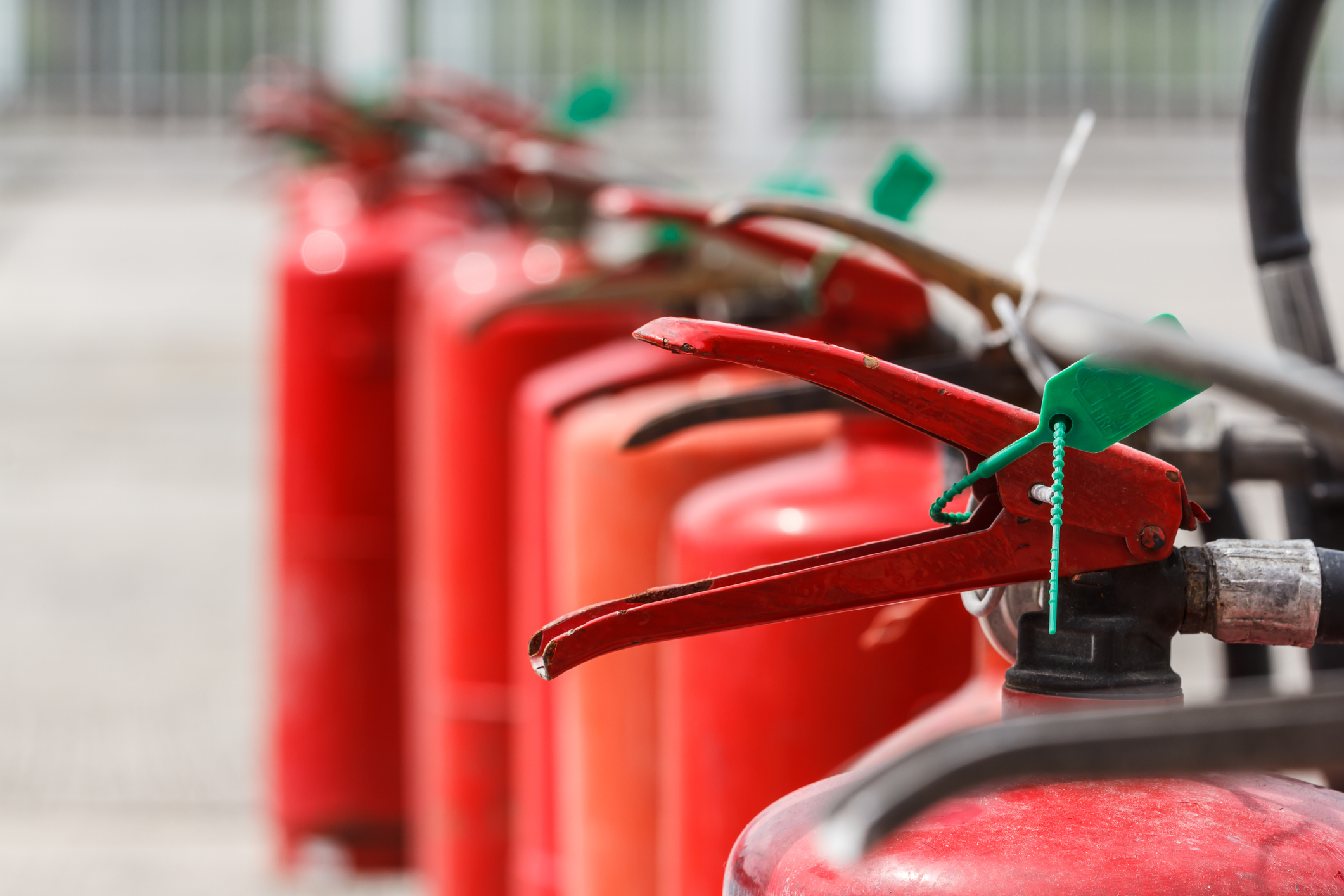Having a fire extinguisher ready and available is the first step in fire safety. But how do you know when it’s time to replace, recharge, or completely dispose of it? Something as small as a broken pin or a rusty cylinder can have significant impacts on the extinguisher’s ability to function correctly, and can pose a real threat to people and property alike in the event of a fire.
Does Your Fire Extinguisher Need to be Replaced?
When deciding if a fire extinguisher needs to be disposed of, it’s important to check if it can still be used or recharged. With regular maintenance and an appropriate inspection schedule, fire extinguishers can last over 20 years.
Maintenance & Inspection
Regular fire extinguishers don’t have a strict expiration date. However, disposable fire extinguishers—which can’t be recharged or refilled—should be replaced every 12 years. While regular fire extinguishers don’t face the same lifetime, they may become obsolete or depressurize, making them inoperable.
In order to assess the condition and effectiveness of a fire extinguisher, be sure to conduct regular inspections. Visual inspections can help to determine if there is something clearly wrong or broken about the fire extinguisher, but annual inspections by a professional fire safety technician are necessary to assess its functionality.
When to Replace
During an inspection, a professional fire safety technician will perform an in-depth assessment of the fire extinguisher’s condition, including the gauge pressure and any damage to the external shell or valve.
Facility managers can also call in a professional between inspections if something looks off. Some signs that the fire extinguisher needs to be replaced include:
- Slow loss of pressure
- Rust or corrosion
- Excessive damage
- Illegible instructions
How to Dispose of a Fire Extinguisher
If a fire extinguisher is deemed unsafe or inoperable in any way, it should be disposed of properly. Because of the chemicals contained inside the cylinder, it cannot simply be thrown away or recycled with other household products. Instead the disposal depends on the condition of the fire extinguisher.
- If it still has charge, the local fire protection professional should be able to help dispose of it in an appropriate manner.
- If it is empty, the local recycling facility will provide directions for recycling the steel canister. To make sure there is no pressure remaining in the cylinder, squeeze the lever and remove the extinguisher head.
Safety First… And Last
A fire extinguisher is an essential element of any facility’s fire prevention plan. However, in the event of a fire, a malfunctioning or expired fire extinguisher can endanger the lives of personnel and the integrity of surrounding property. It is essential for these security devices to be properly maintained and appropriately recharged in order to serve their purpose.
While a visual inspection may provide an initial assessment that something is wrong with a fire extinguisher, thorough inspections and maintenance procedures should only be conducted by fire prevention professionals.







